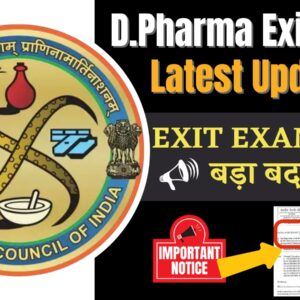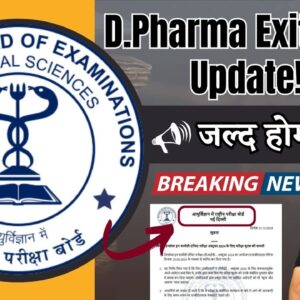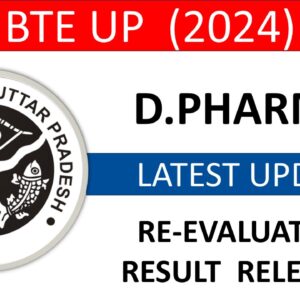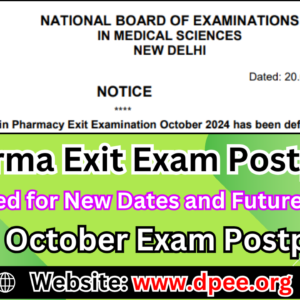Pharmaceutics Quiz (Part-1) :
[ays_quiz id=’28’]
Pharmaceutics Quiz (Part-2) :
[ays_quiz id=’29’]
Pharmaceutics Quiz (Part-3) :
[ays_quiz id=’30’]
Pharmaceutics Quiz (Part-4) :
[ays_quiz id=’31’]
Pharmaceutics Quiz –
Welcome to the Pharmaceutics Quiz! Here, you’ll find 100 carefully crafted MCQs, divided into 4 sets of 25 questions each. This quiz takes you on a journey through the fascinating world of drug formulation and delivery. You’ll explore how various dosage forms, like tablets, capsules, and injectables, are designed and produced, focusing on their stability and effectiveness. We’ll dive into the principles of solubility, absorption, and the role of excipients in enhancing drug performance. Additionally, you’ll discover advanced topics such as nanotechnology in pharmaceuticals and the regulatory landscape governing drug manufacturing. Engaging with these questions will not only prepare you for the D Pharma Exit Exam (DPEE) but also deepen your appreciation for the science behind the medications you will work with.




